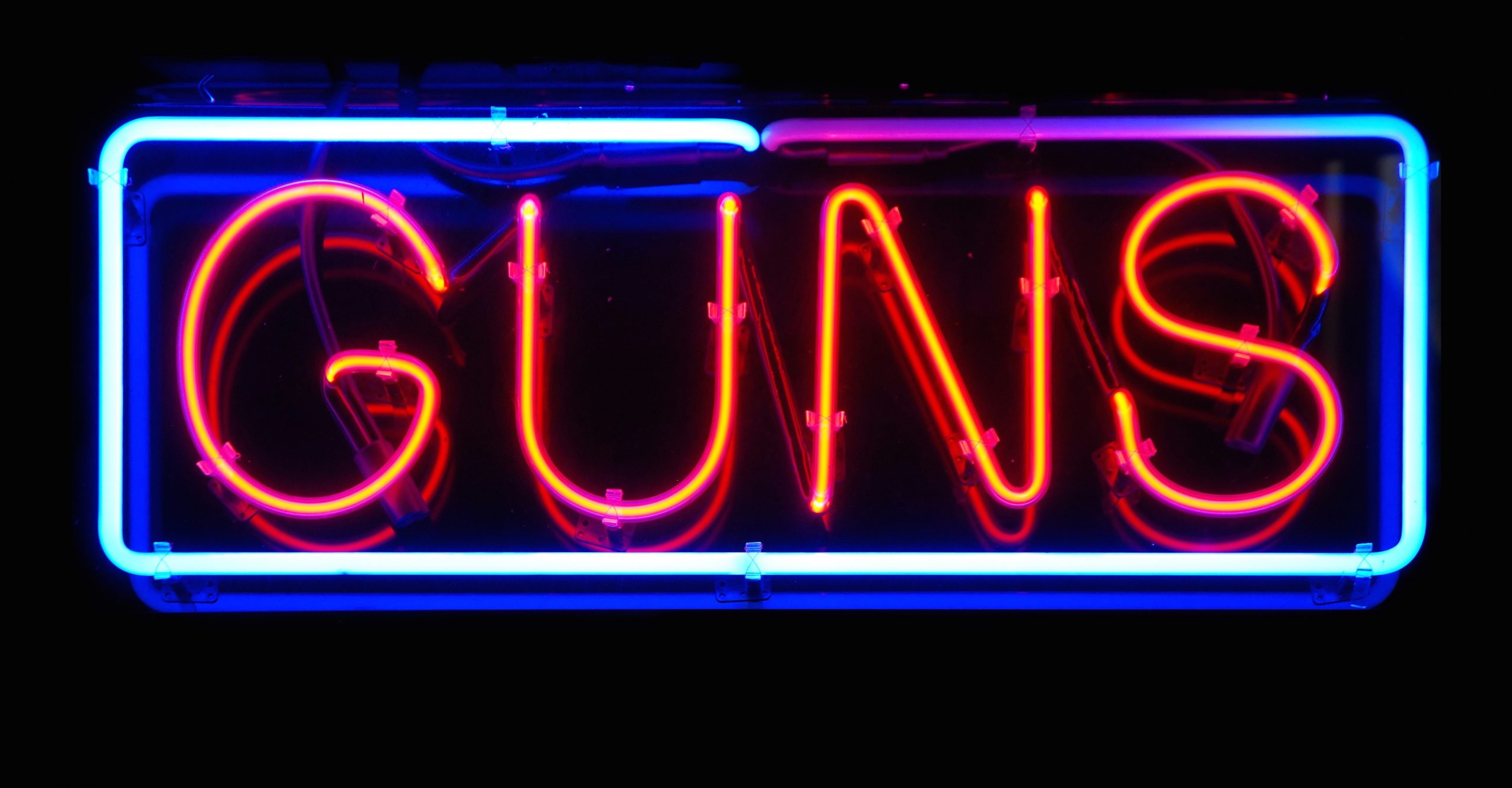Usually, the loaded gun is stuffed in a carry-on bag or a purse. Almost always, the excuse is: “I forgot.”
For the second consecutive week, the Transportation Security Administration confiscated a record number of firearms at security checkpoints at U.S. airports. Officers seized 81 guns between August 12th and 18th. Of the weapons, 70 were loaded, and 31 had a round chambered, meaning ready to fire at the squeeze of a trigger.
Last week’s tally brings the agency’s total number of guns seized in 2016 from carry-on baggage to 1,908 — or slightly more than eight firearms per day. That’s almost 400 more weapons seized than this time last year, when 1,575 guns had been discovered.
“People typically say they just forgot it was there,” Michael England, a TSA spokesman, tells The Trace.

That was the excuse given by Frederick Vandeman, 64, who was caught earlier this month with a 3D-printed replica of a handgun in his luggage. Vandeman told police he was a medical doctor who owned a 3D printer and wanted to show his creation to his colleagues. He said he forgot it was in his bag when he packed for the airport.
In June, a Virginia man was arrested at Richmond International Airport after TSA officers discovered a revolver and five bullets in his backpack. He told authorities the gun was in the bag so children, who had been visiting with him, couldn’t access it.
And in April, a Florida woman was busted at Southwest Florida International Airport after an X-ray machine revealed a firearm in her carry-on bag. The woman, who claimed she forgot about the weapon, was arrested after police determined she didn’t have a concealed carry permit.
When a gun is discovered by TSA agents at baggage screening, agents shut down security and call police. In addition to drawing the ire of fellow travelers, people caught with guns in their carry-on luggage face a criminal referral and a fine of up to $11,000, according to a TSA spokesperson.
So many guns are found at Atlanta Hartsfield-Jackson International Airport in Georgia — 110 so far this year, more than at any other airport — that officials raised the maximum fine to $100,000. But state law enforcement agencies are ultimately responsible for charging decisions, which means that in practice this “guidance” suggested by the TSA can be completely ignored.
“It really depends on the state,” Nico Melendez, a TSA spokesperson for the Pacific region, tells The Trace. “In the state of California, nine times out of 10, the passenger is taken into custody. In Arizona, nine times out of 10, the passenger is let go and they go put the gun in their car.”
After Atlanta, Dallas-Fort Worth runs a close second in the number of guns confiscated, with 105 so far this year. Houston’s George Bush Intercontinental wins the bronze medal for firearm seizures: Agents have seized 74 in 2016.

The purpose of airport screening, of course, is to make sure that guns are not used to hijack airplanes, kill travelers, or otherwise compromise air travel safety. Despite the high numbers of firearms seized by agents, there are indications that many guns still make it through security.
In June of last year, a leaked internal agency report revealed huge deficiencies in the TSA’s screening practices at dozens of airports across the country. To evaluate the agency’s efficacy, the Department of Homeland Security deployed agents posing as passengers armed with weapons and explosives. The report found that TSA officers failed to detect illicit items in 95 percent of tests.
In the aftermath of the report, Melvin Carraway, the TSA’s acting director, resigned.
[Photo: AP Photo/Elaine Thompson]

